Leaving the shining shrine of Miyajima behind us, we marched on into the night.
*** Mt Misen, Part II ***
As we slipped silently passed houses in the stillness of night, I noticed one with a Christmas tree outside. Encountering such a decontextualized Western relic while marching up a sacred Shinto mountain to observe a pagan New Year’s ritual was deeply amusing.
Most people in Japan participate in Shinto AND Buddhist practices, and attend both Shrines AND Temples as occasion demands. In addition, most folks also celebrate Christmas. So, you may be asking yourself, what exactly DO the Japanese believe in?
The quick answer: Everything, and nothing.
According to Shinto, the ancient folk religion of Japan, everything has a spirit, including animate creatures, inanimate objects, and even concepts and ideas. These are called “Kami,” and to the Japanese, other gods and spirits from other parts of the world are basically just more Kami. In fact, there is even a word to describe the indiscriminate spiritual anarchy unique to the Japanese, “Shinbutsu Shuugoo,” or “Gathering of the Gods.”
But here’s the clincher—at the same time, the majority of Japanese people consider themselves “non-religions.”
So there you have it… Everything, and nothing.
A little down the lane, we encountered a stand selling “momijimanjuu,” or small, delectable, maple-leaf shaped cakes commemorating the maple trees which grow across Miyajima.
In Japan, little oases like these always seem to appear just when you need them.
Pressing on from our beloved heater-vase, we wandered over a long rough path punctuated with half-sunken rocks, curious slopes, rough-hewn stone steps, thick shadows, and essentially every other species of instability imaginable—a fine line between quaintly rustic and downright precarious.
We walked along together, other groups of friends, families, and sweethearts before and behind us—a silent convoy ascending in the night.
After about a mile of this, we arrived at a fork in the road. On one side, the path continued up the mountain, while on the other stood a long flight of rough-hewn stone steps leading up to the “Ropeway,” that being a gondola standing by for those disinclined to make the entire journey up Mt. Misen on foot.
As much as I would have enjoyed a nighttime hike to the peak, as a group we were bound for the Ropeway, and thus joined the line which stretched along the steps leading thereto.
As we stood on the stone steps awaiting the Ropeway, The Princess and I couldn’t help but notice a large number of ladies in heels waiting in line with us—ladies who, in stiletto heels, had navigated the same, lengthy, uneven, badly-lit, rock-strewn, steeply sloping mountain path up which we had just carefully tread our own selves.
It was around this time that The Princess and I developed the phrase “ashi-ni-bushido,” or “samurai-spirit-in-the-foot,” as the only plausible explanation for this Japanese fashion phenomenon.
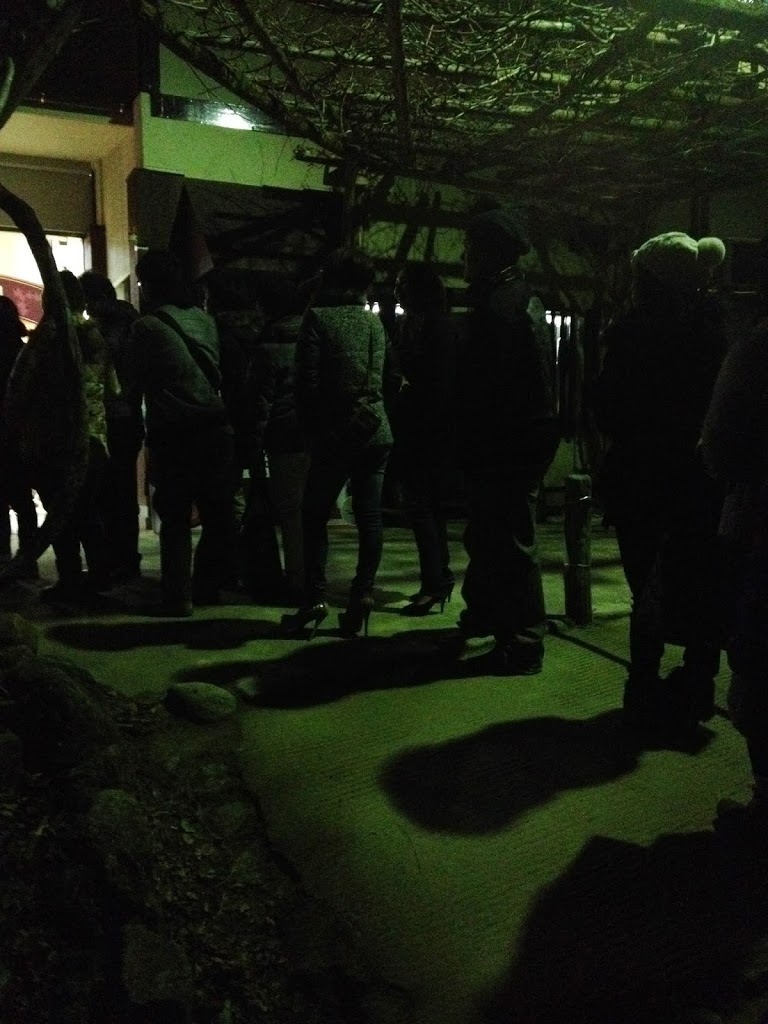 Soon we found ourselves within the Ropeway building, wherein numerous maps and other useful visitor information abounded. The mountain itself stands strewn with beautiful historical places.
Soon we found ourselves within the Ropeway building, wherein numerous maps and other useful visitor information abounded. The mountain itself stands strewn with beautiful historical places.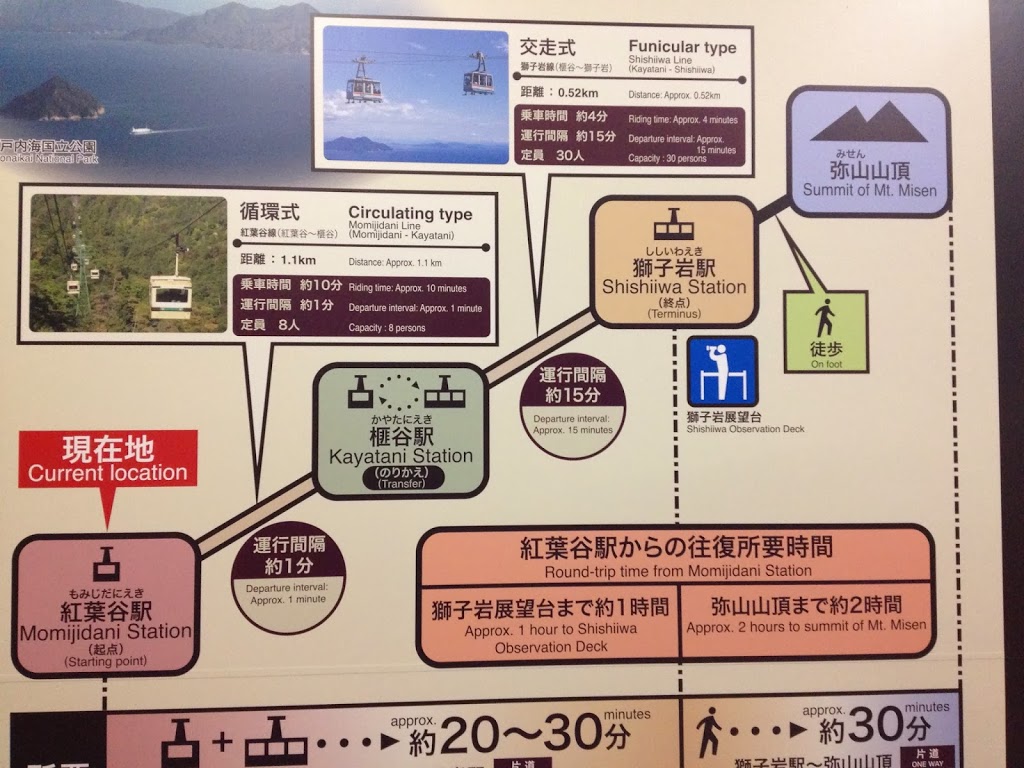 Curiously enough, to ease the trepidation of gondola passengers, there was a display case mounted on the wall depicting the various cable thicknesses utilized by the Ropeway.
Curiously enough, to ease the trepidation of gondola passengers, there was a display case mounted on the wall depicting the various cable thicknesses utilized by the Ropeway.
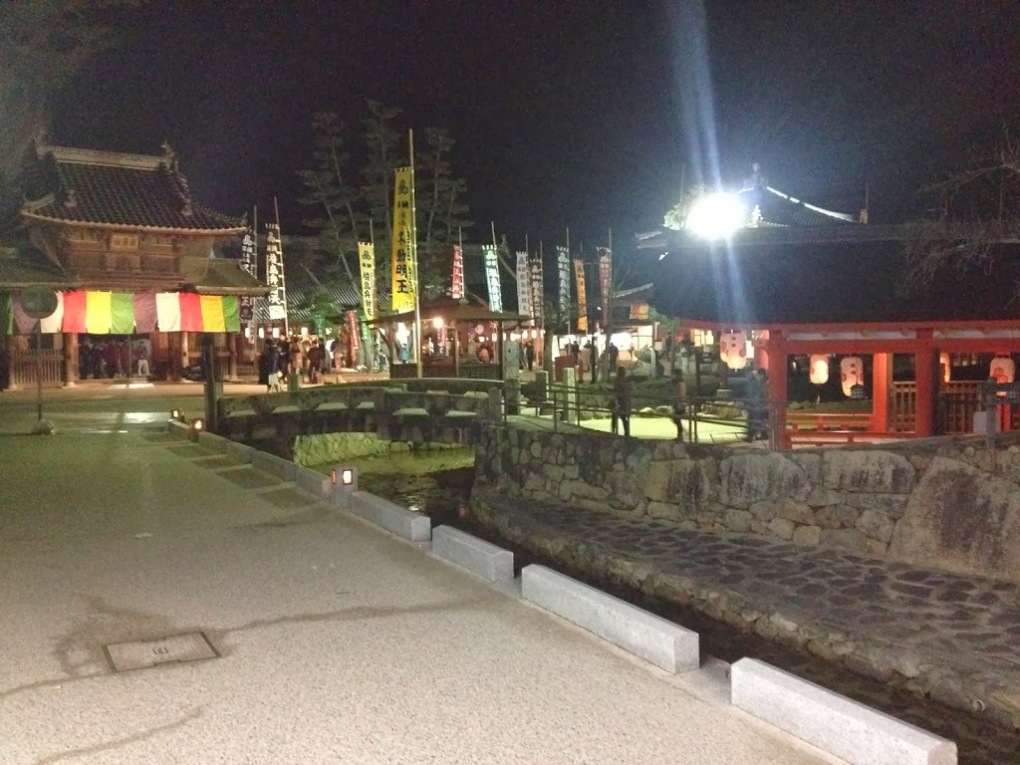
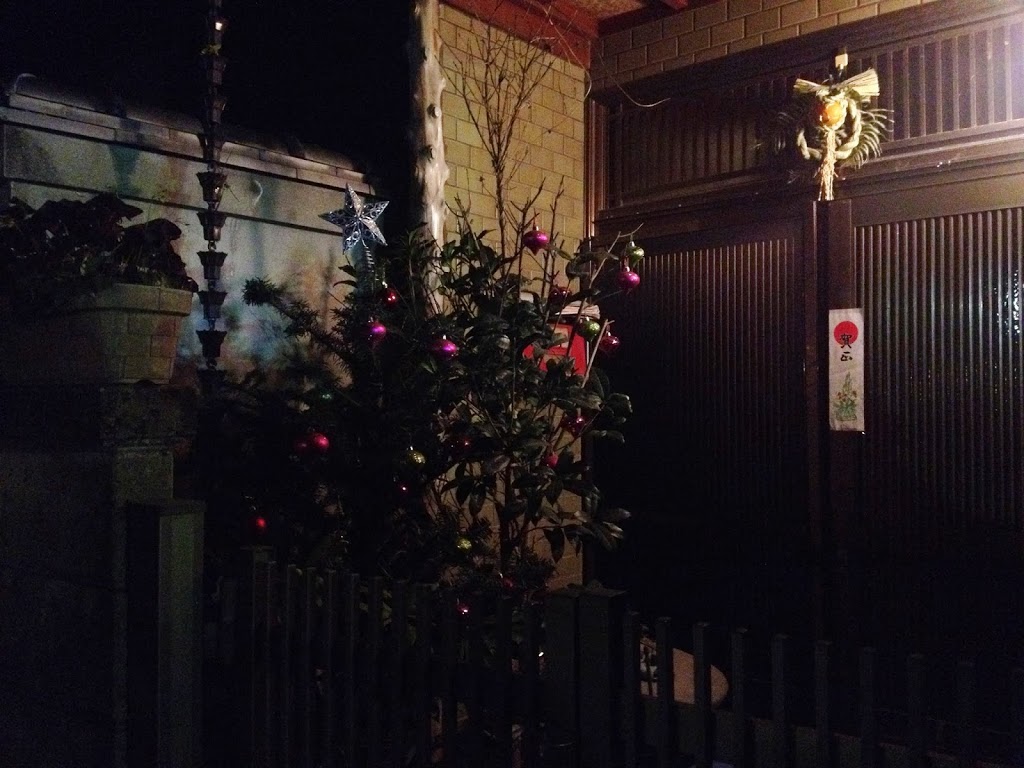
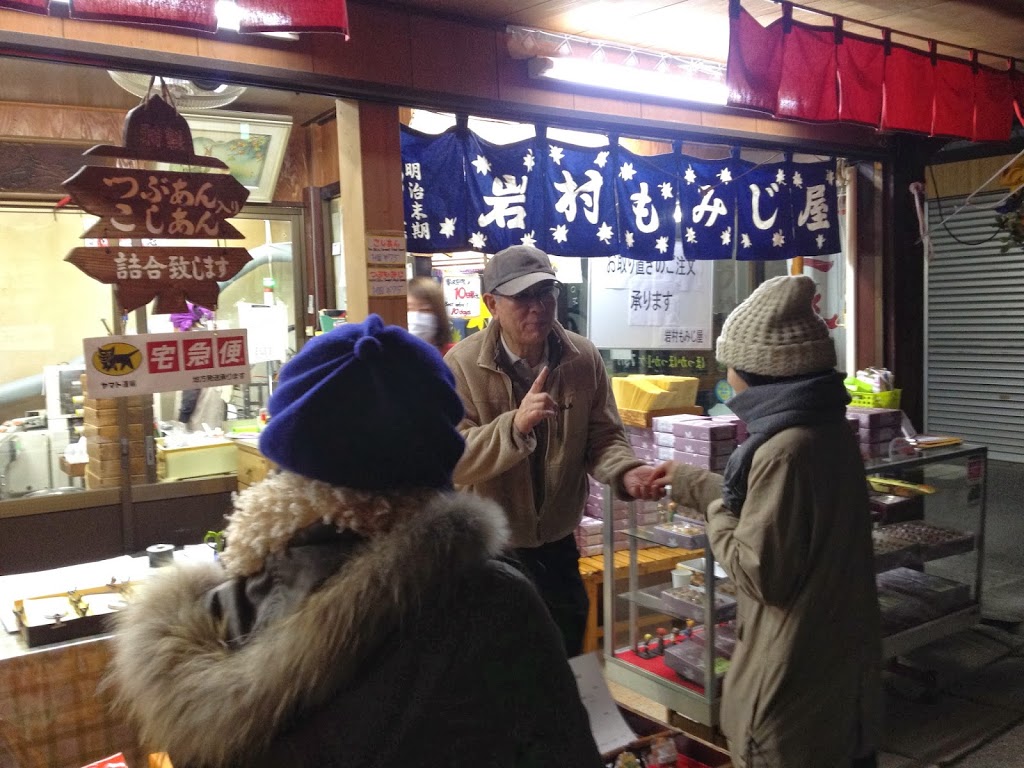

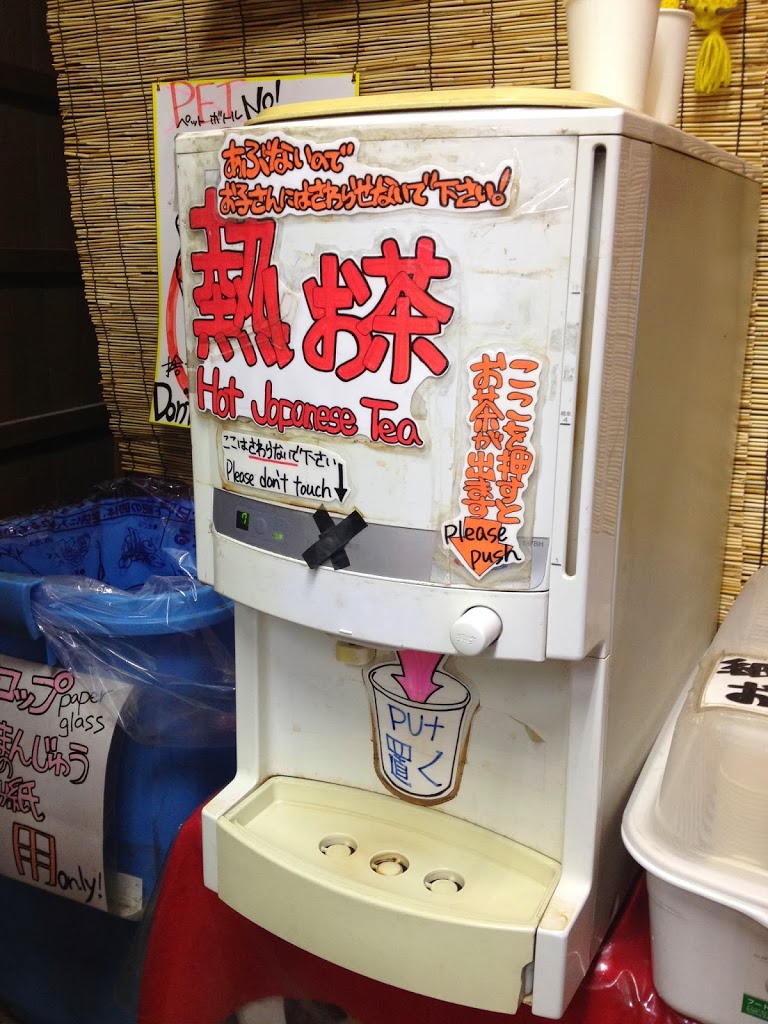

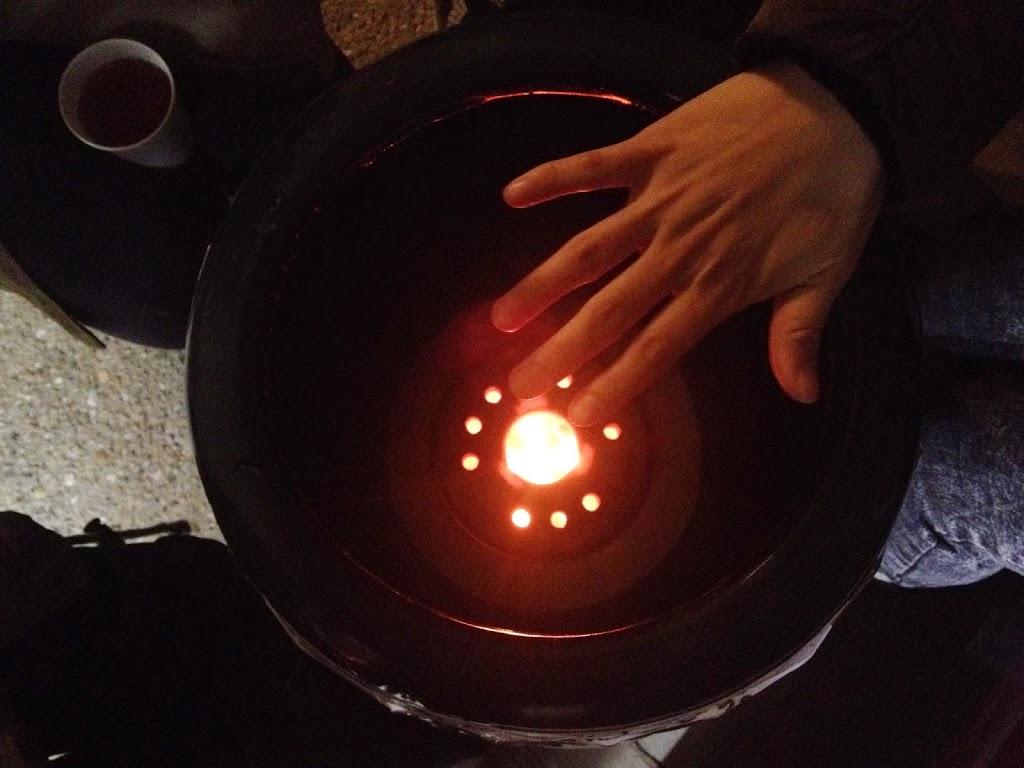
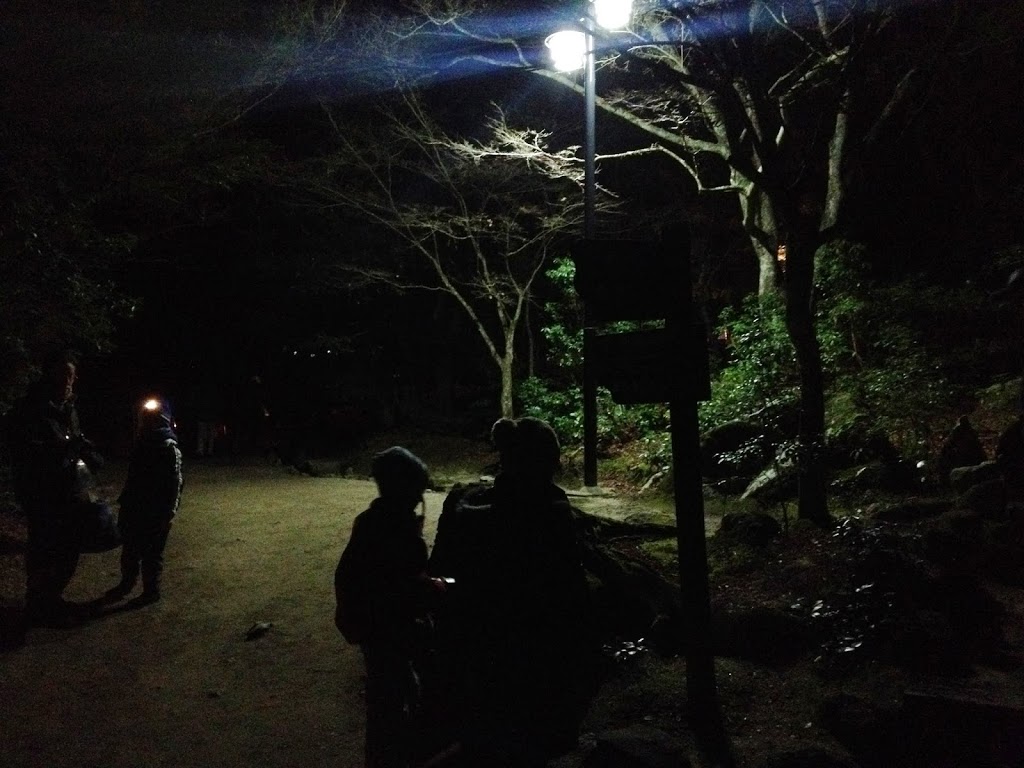
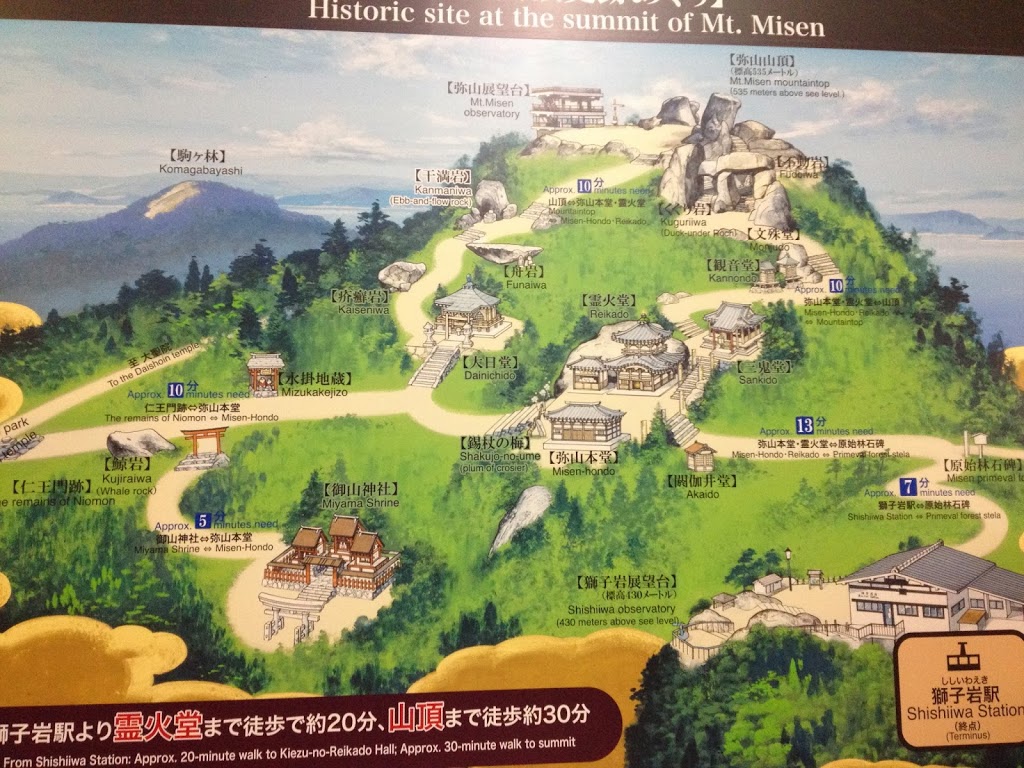
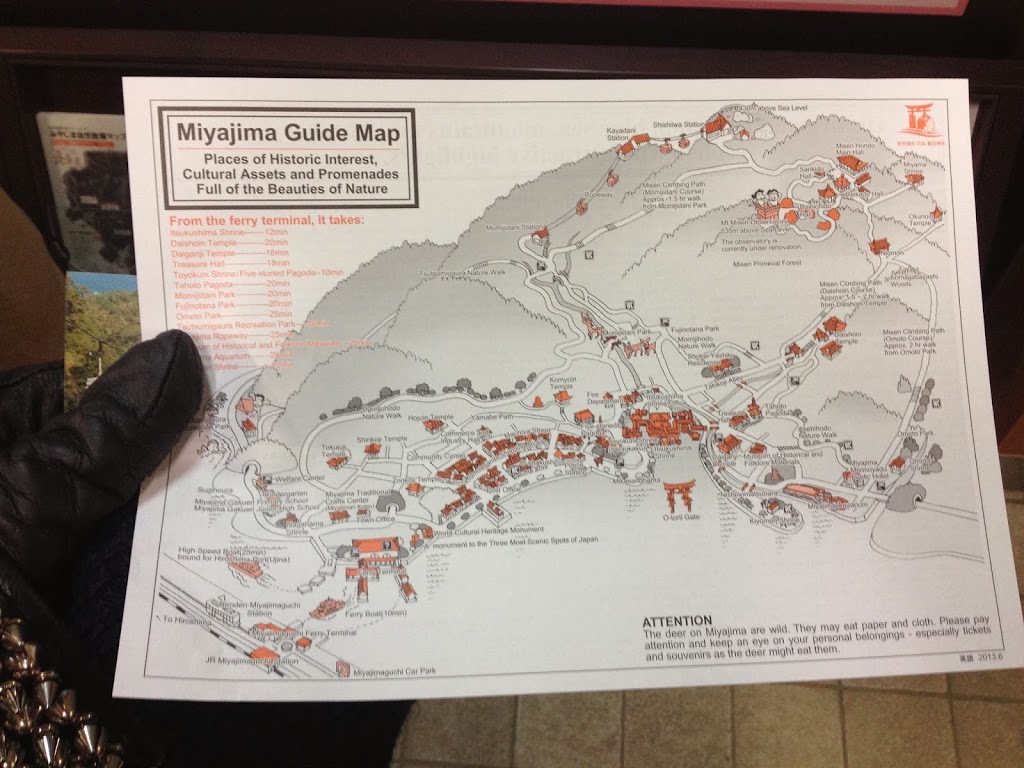



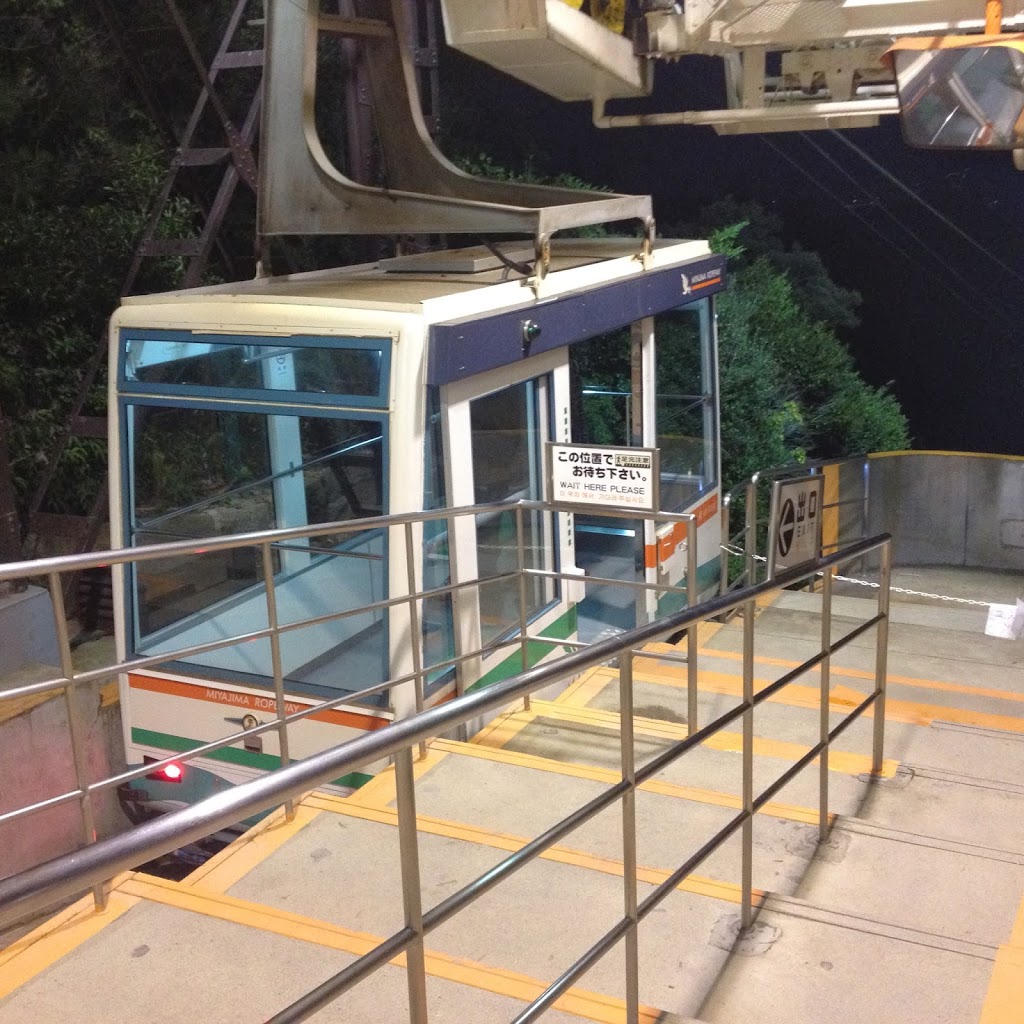
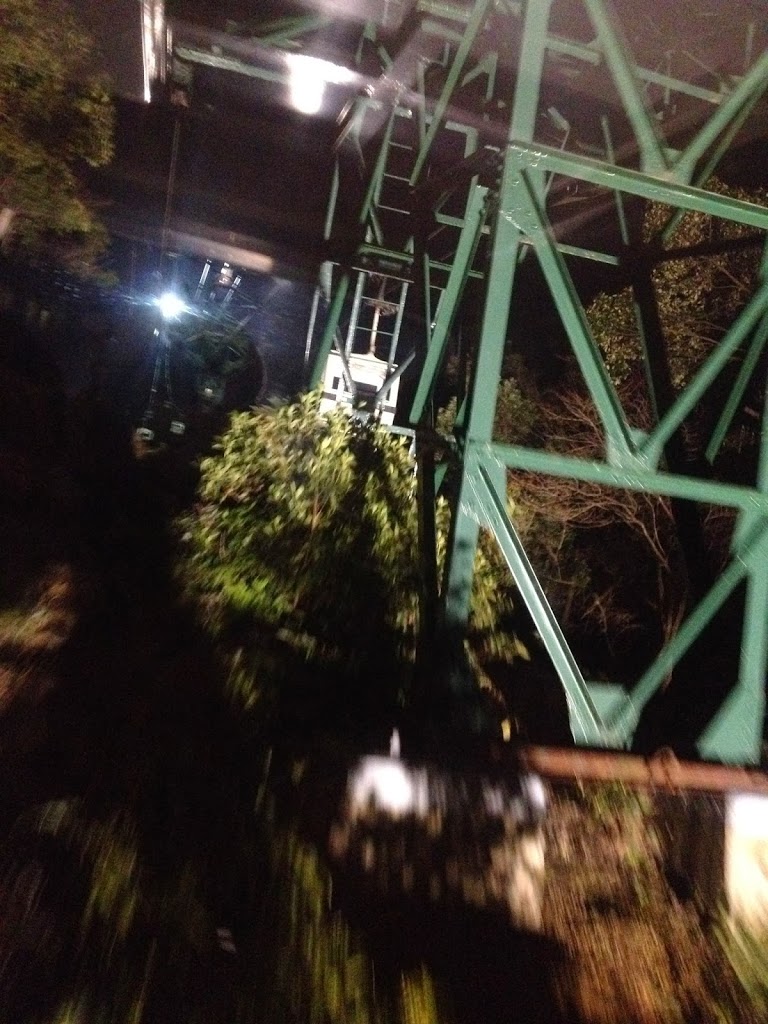

0 comments on “A River of Light” Add yours →